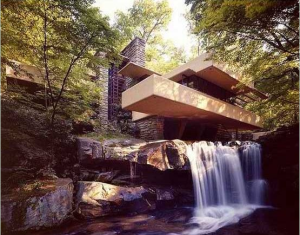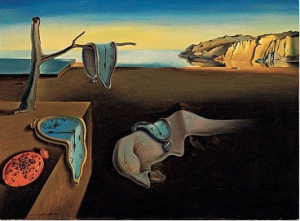Last Saturday, I decided to go visit the Palmer Museum of Art here on Penn State campus. While I had gone once before last semester, the exhibitions are constantly changing. It just so happened that one of the exhibitions was called Hidden Mother. I found this slightly unnerving exhibition both symbolic of the everlasting relationship. And since it is almost Mother’s Day, I thought it would be interesting to blog about this exhibition.
This exhibition portrays a bunch of pictures that were taken in the nineteenth-century. All of these pictures contain a child and his or her mother who is hidden or partially hidden from the picture. And there is some interesting information as to why these photos were taken in this way. In the nineteenth century, the child mortality rate was much higher than today. Therefore, it was a common occurrence to have portrait of the child in his or her early years as a commemoration in case the child did die. And because painting would be both costly and time consuming, photography was the best option. However, unlike the cameras today, taking a photo in the nineteenth century still required a length of time to complete. And in order to capture a clear photo, the subject needed to stay still – through the use of things like pedestals and braces. It was here that the problem arose. More often than not, infants and toddlers would not be able to stay still. Therefore, the mothers were enlisted to both stabilize the child as well as soothe them during the photography session. And to keep the mother out of the picture, the mother was either covered in a veil or out of the photo range. Yet, despite the attempts to cover the mother, these photos still have their haunting images – a feeling that the exhibition attempts to show.
When I first saw this photograph, I was taken back by the black ‘space’ behind the child. At first glance, it just seemed as if the photograph went wrong in the process, but a closer look revealed the black veil that was covering the mother. Especially for this photograph, the child looks almost sinister sitting on the veiled mother with a slight frown on her face. Another photograph I had seen showed the picture of the mother and her child – but her face was scratched out. Another photo showed a child in a carriage with the mother covering her face behind the carriage. There were funny pictures as well as ones that sent shivers down my back.
But despite it being slightly creepy at times, I thought that the theme of the hidden mother really rung true in reality. No matter what age you are, you mother is always there for you to lean on and trust. She was the one that gave you the feeling of safety and support as a child. However, she doesn’t come out and brag about her sacrifices, nor does she demand repayment. Instead, she is content to be in the background/shadows. In addition, by having the face covered, all of the photographs presented at the exhibition become more general and makes it easier for the viewers to relate to – each photo can represent everyone. The shrouded mothers are symbolic of all the mothers in the world.













